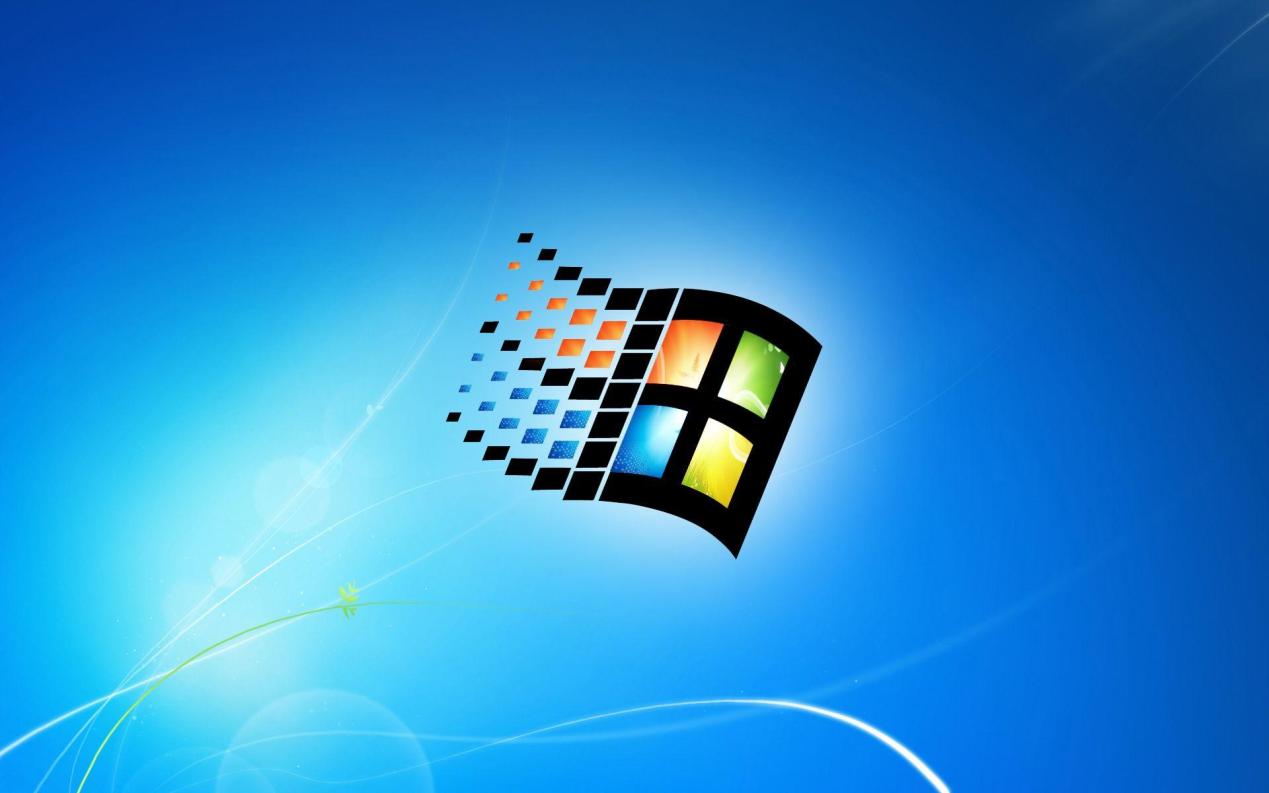How to Use Command Prompt to Automate Tasks in Windows?
The command prompt is a powerful tool that allows you to control your Windows computer from the command line. It can be used to automate a wide variety of tasks, from simple file management to complex system administration.

Benefits Of Using Command Prompt For Automation
- Increased efficiency: Automating tasks can save you time and effort, allowing you to focus on more important things.
- Improved accuracy: Automated tasks are less prone to errors than manual tasks.
- Consistency: Automated tasks can be performed consistently, ensuring that they are always done the same way.
- Increased flexibility: Automated tasks can be easily modified to meet your changing needs.
Structure Of The Article
This article will provide a comprehensive guide to using the command prompt to automate tasks in Windows. It will cover the following topics:
- Understanding command prompt basics
- Essential commands for automation
- Advanced automation techniques
- Troubleshooting and error handling
Understanding Command Prompt Basics
The Command-Line Interface (CLI)
The command prompt is a command-line interface (CLI), which means that you interact with it by typing commands at a text prompt. This is in contrast to a graphical user interface (GUI), where you interact with the computer using a mouse and keyboard.
Basic Syntax Of A Command Prompt Command
A command prompt command typically consists of the following elements:
- The command name: This is the name of the command you want to execute.
- Arguments: These are optional parameters that provide additional information to the command.
- Options: These are optional switches that modify the behavior of the command.
Common Navigation Commands

The following are some common navigation commands that you can use in the command prompt:
- cd: Change directory
- dir: List the contents of a directory
- copy: Copy files and directories
- move: Move files and directories
- delete: Delete files and directories
Essential Commands For Automation
File Management Commands
The following are some essential file management commands that you can use for automation:
- copy: Copy files and directories.
- move: Move files and directories.
- delete: Delete files and directories.
- rename: Rename files and directories.
Batch File Basics
Batch files are text files that contain a series of commands that are executed sequentially. They are a powerful way to automate tasks in the command prompt.
To create a batch file, simply open a text editor and type in the commands you want to execute. Then, save the file with a .bat extension.
For example, the following batch file copies all the files from the C:\source directory to the C:\destination directory:
xcopy C:\source\*.* C:\destination /s /e
Advanced Automation Techniques
Utilizing Loops And Conditional Statements
Loops and conditional statements allow you to create more complex automated tasks.
For example, the following batch file uses a for loop to copy all the files from the C:\source directory to the C:\destination directory, overwriting any existing files:
for %%f in (C:\source\*.*) do copy %%f C:\destination /y
The following batch file uses an if statement to check if a file exists before copying it:
if exist C:\source\myfile.txt copy C:\source\myfile.txt C:\destination
Scheduling Tasks With Task Scheduler
Task Scheduler is a Windows utility that allows you to schedule tasks to run at specific times or intervals.
You can use Task Scheduler to automate tasks that you want to run on a regular basis, such as backing up your files or running a virus scan.
Automating System Administration Tasks
The command prompt can also be used to automate system administration tasks, such as managing users, services, and event logs.
For example, the following command creates a new user account:
net user username password /add
The following command starts a service:
net start servicename
Troubleshooting And Error Handling
Common Errors And Their Solutions
The following are some common errors that you may encounter when using the command prompt:
- "File not found": This error occurs when you try to access a file that does not exist.
- "Command not recognized": This error occurs when you try to execute a command that is not recognized by the command prompt.
- "Syntax error": This error occurs when you make a mistake in the syntax of a command.
Debugging Batch Files
The following are some tips for debugging batch files:
- Use echo commands to display intermediate results.
- Employ pause commands to halt execution for manual inspection.
The command prompt is a powerful tool that can be used to automate a wide variety of tasks in Windows. By following the steps outlined in this article, you can learn how to use the command prompt to save time, improve accuracy, and increase consistency in your work.
I encourage you to explore further resources to learn more about advanced topics, such as using the command prompt to manage Active Directory or to troubleshoot network problems.
YesNo

Leave a Reply